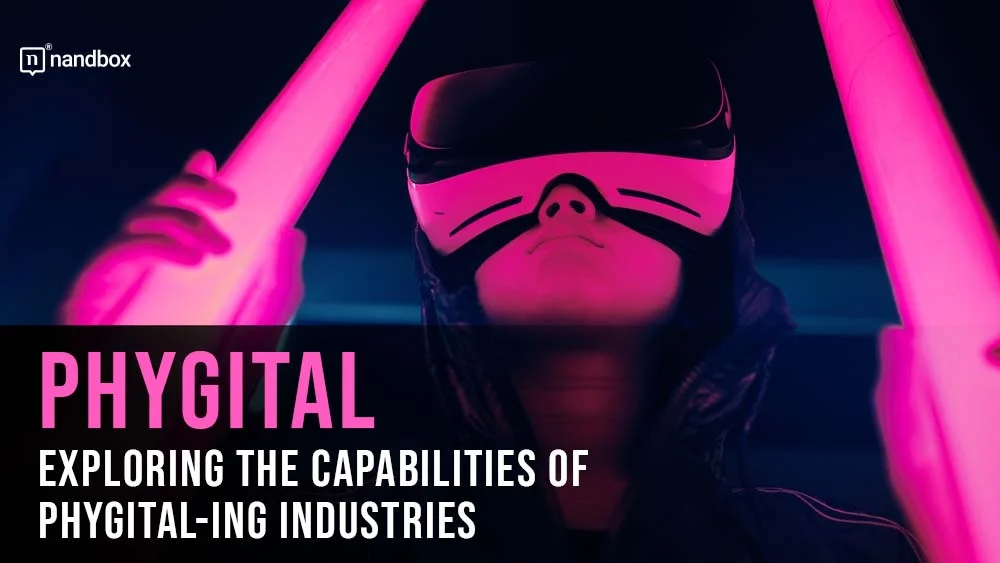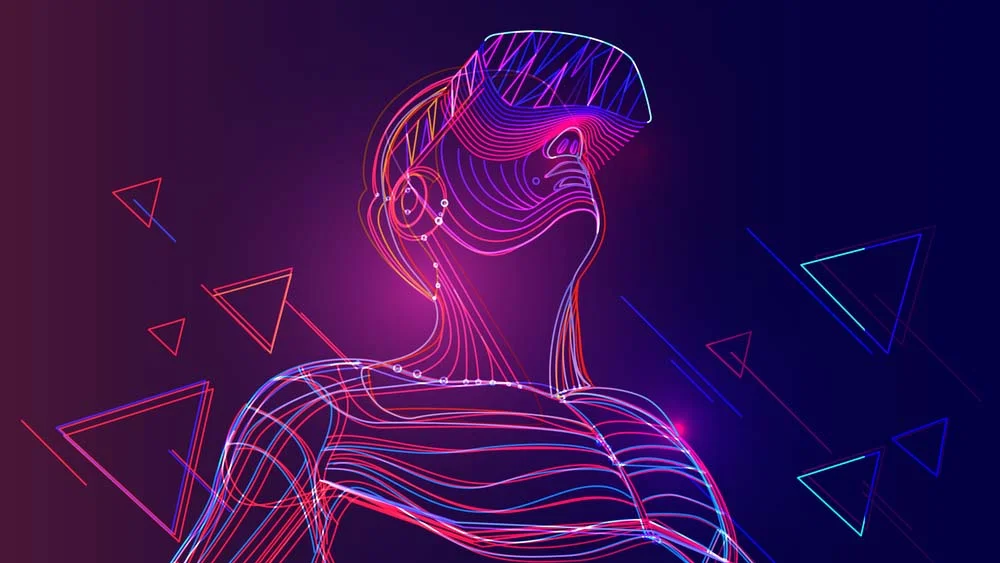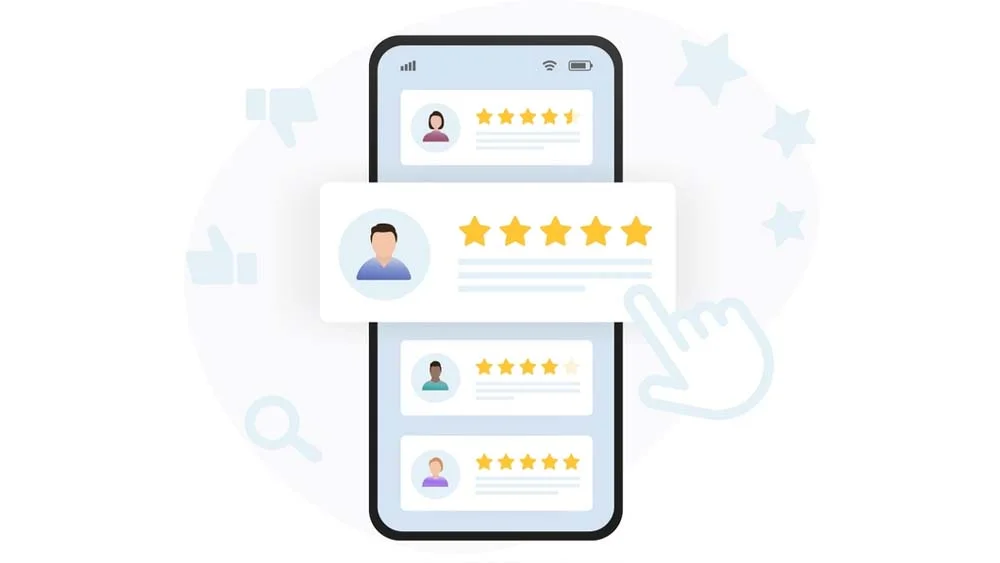Phygital: The Merge of Two Realms
In a world where all powers stand alone. Two of the major powers collide to pave the way for endless capabilities and opportunities and bring world peace again. Too much, right? Well, it could be more suitable for an intro for a superhero movie, but the power that these two elements bring feels like this. The tech world was all about the gap that people felt between the digital and physical worlds. Luckily, a new approach was taken to close this gap and create a great merger that can enhance all industries. In this article, we will explore the phygital approach and how it impacts a large number of industries.
What Is Phygital and How Did It Begin?
Although the word may seem weird, there is so much behind it. If you figured it out, phygital is the combination of two words and also two concepts, which are physical and digital. It is the convergence of both the digital world with all its components and the actual and physical world that we live in. As technology became more advanced and intelligent, there was more reliance on digitization. At this time, experts thought about a common place where the tangible and intangible can come together, and both would benefit each other and create a third outcome that is more powerful and convenient. And this is how the approach of phygital emerged.
The phygital experience comes in many forms that you encounter on a daily basis. For instance, apps are a major part of the phygital experience. This also includes kiosks like those found in airports and restaurants for placing orders and boarding flights. These, in addition to many others, like voice-powered platforms, are examples of how the phygital approach is bursting through all industries.
I.C.E: The Main Pillars of the Phygital Approach
Any phygital strategy has three fixed elements that contribute significantly to its success. These elements are I.C.E., instant, connected, and engaging.
Instant, which is the first element, incorporates the best of both worlds. It combines the physical capability of providing products and services instantly and at once with the digital capability of being advanced and high-quality.
Connected, the second element, makes sure to create an interconnected environment where the user can be in touch with all the physical and digital components of the products and services. It also emphasizes the presence of seamless, two-way communication.
The last element, engaging, centers on captivating and immersive experiences that capture users’ attention and evoke emotional connections. It involves using interactive and personalized content to keep users actively involved. Such as the gamification experiences found on many apps now.
The Main Technologies That Shine Through the Phygital Movement
Augmented Reality (AR)
Augmented reality is a technology that overlays digital information onto the real world in order to create innovative and almost real sensory environments. Virtual try-on experiences, visualizations, and interactive guides are just some of the uses for augmented reality technology in industries ranging from retail to real estate. The ability to seamlessly integrate digital and physical elements in real-time improves the quality of service provided to customers.
Virtual Reality (VR)
With virtual reality, users are immersed in a digital world that they can move around in and interact with. Virtual reality (VR) technology is being used in various fields, including tourism, education, and entertainment, to create lifelike simulations and experiences. Virtual reality (VR) increases participation and makes for more memorable experiences by placing users in simulated environments.
Internet of Things (IoT)
The term “Internet of Things” is used to describe the global network of electronic devices that can collect and share data thanks to built-in sensors, processors, and network connections. Smart homes, connected vehicles, and smart stores are all possible thanks to the Internet of Things. The Internet of Things (IoT) facilitates real-time data collection and personalized user experiences by linking the real world with the digital realm.
Exploring the Benefits of Adopting the Phygital Approach
The adoption of a phygital approach offers numerous benefits for businesses looking to stay ahead in today’s digital age. Let’s explore some of the key advantages.
Enhanced Customer Experience
By fusing the real and virtual worlds, companies can give customers an unforgettable, tailor-made experience. The phygital approach enables companies to have more meaningful and memorable interactions with customers. Which is through the use of technologies like augmented reality, virtual reality, and personalized recommendations. Improved customer service has a multiplier effect, leading to satisfied customers who are more likely to recommend your business to others.
Increased Operational Efficiency
The merging of the digital and physical worlds has the potential to increase productivity in the business world. Using a digital platform to conduct business or make a reservation, for instance, can cut down on wasted time and effort. Digital interactions generate data that can inform business decisions, enhance supply chain efficiency, and customize customer outreach. Thus, we can say that the phygital approach is ideal for boosting productivity and exploring new perspectives on business operations.
Competitive Advantage
In today’s highly competitive and saturated environment, businesses must constantly innovate in order to survive. Adopting a phygital strategy can help businesses stand out from the crowd by offering customers experiences that are hard to find elsewhere. Businesses that lead the phygital revolution will be seen as innovators in their field and will be favored by tech-savvy customers who appreciate the novel technology and the merging of the physical and digital worlds.
The Impact of Phygital on Different Industries
The impact of the phygital approach is so broad and excessive that it has been able to reach multiple major industries. Thus, let us explore some of them and see how the phygital approach affected them.
1. Retail and M-Commerce
The first and most affected industries by the phygital approach are the retail and e-commerce industries. As this industry is always in an ongoing process of evolving, phygital-ing was an ideal approach to consider. The convergence of both physical and digital elements was very convenient and fitting for retail, and it pretty much transformed the way people shop. It brought together the main things that customers would want from a shopping experience. The first is evaluating products and seeing their specifications in real life, and the second is saving effort and money.
The phygital approach easily accomplished this by integrating advanced technologies like AR and VR. For instance, augmented reality (AR) technology allows customers to virtually try on clothes or visualize furniture in their homes before making a purchase.
2. Healthcare

Healthcare is one of the major industries that also witnesses the great influence of the phygital approach. Who could have believed that patients can now get treatment remotely? Well, we have to believe it because it is true. The phygital approach now offers remote treatment by incorporating advanced technologies that make it feel like real life. Additionally, wearable medical devices are also included as outcomes of this approach.
3. Hospitality and Traveling
The phygital revolution has had a profound effect on the hospitality and travel industries. From self-check-in kiosks to mobile apps that let guests manage their own in-room accommodations, hotels are embracing digital technologies to better serve their visitors. To help customers decide where to go on vacation, some travel agencies are using virtual reality (VR) to give them a firsthand look at the area. To add to the traveler-friendliness of the streamlined booking process, digital platforms have increasingly been incorporated into the industry. Increased customer satisfaction and more efficient operations are two benefits of the phygital revolution in this sector.
4. Banking
Baking also had its fair share of phygital contributions. You can thank the phygital approach for the e-banking options like apps and online banking platforms that save users much time and effort. For instance, phygital banking has now enabled faster and more convenient customer onboarding processes. Customers can open accounts and complete necessary documentation online, reducing the need for in-person visits to the branch. Additionally, it also helped create a new customer service channel, which is one of the most important components of a good banking experience. Now, we have chatbots and virtual assistants that could help us through the whole banking process.
Future Trends and Predictions for the Phygital Landscape
Several trends and predictions are shaping the future of this landscape as the phygital revolution progresses. The business world is constantly changing, so let’s look at some of the most important trends.
Hyper-personalization
Hyper-customization is the wave of the future for the phygital approach. Companies will be using AI and big data analytics to provide customers with highly tailored and authentic interactions. Customers will be more engaged and loyal to brands that use hyper-personalization in their pricing and recommendations.
Seamless Integration
Future generations will enjoy an even higher degree of integration between the real and virtual worlds. Biometric and facial recognition technologies are paving the way toward seamless interactions, which will benefit both companies and customers alike. When the lines between digital and physical are blurred, the result is a phygital experience that is both intuitive and fully immersive.
Extended Reality (XR)
The term “Extended Reality,” encompasses augmented reality, virtual reality, and mixed reality. This new technology will be widely used in the future of phygital. With the help of XR technologies, companies will be able to manage XR effectively and design customer interactions that go far beyond the limitations of the digital and physical worlds. XR will transform the way consumers interact with products, from virtual showrooms to holographic displays.
Final Thoughts
The expectations for what the future holds for the phygital approach are very promising and indicate an endless chain of prosperity and progress. What we are witnessing now is the culmination of years of research, trials, and the determination of experts who sought a futuristic world where everything is possible and there is an enhanced quality of life. It is important now to start seeking a new perspective and exploring the possibilities of the phygital world by being a customer or even a creator. As it can be done very easily by developing apps and integrating advanced development techniques like no-code and low-code.





